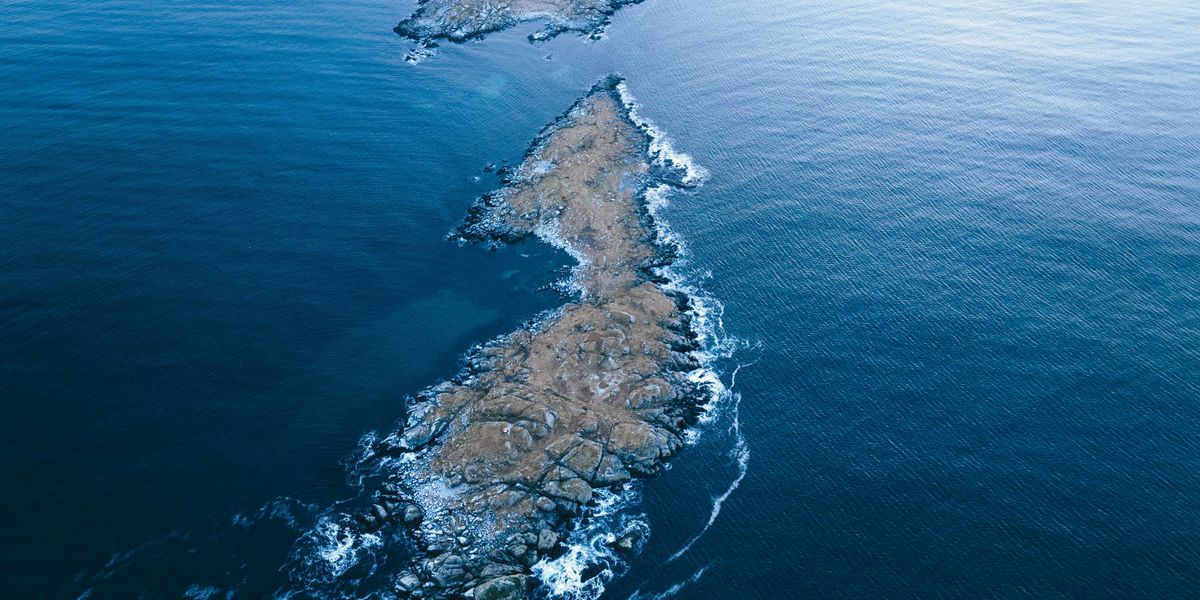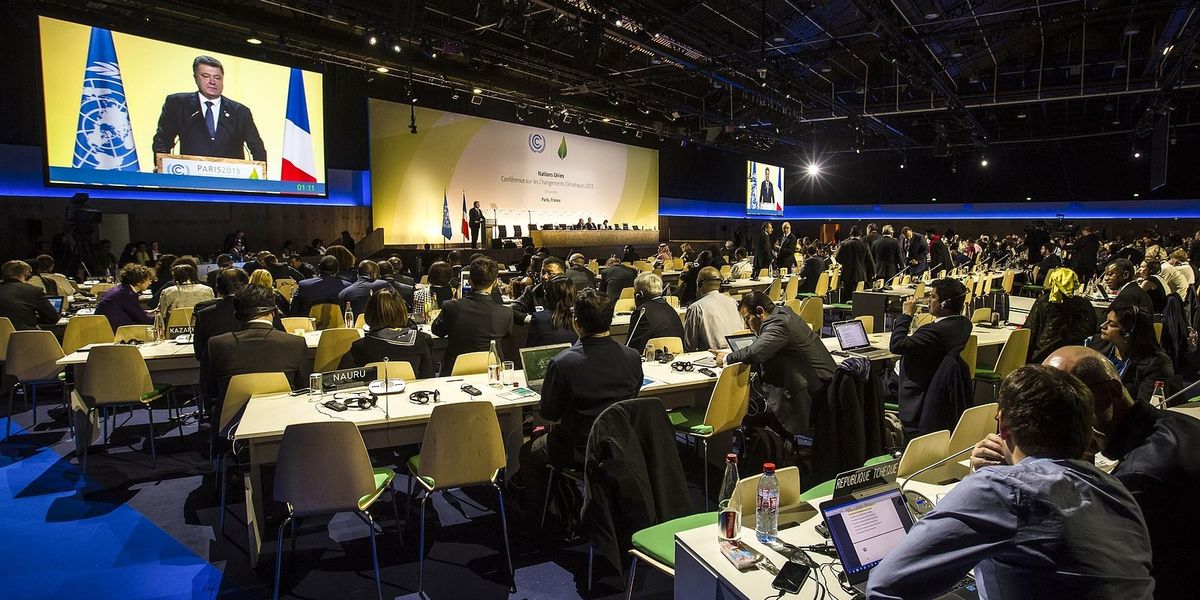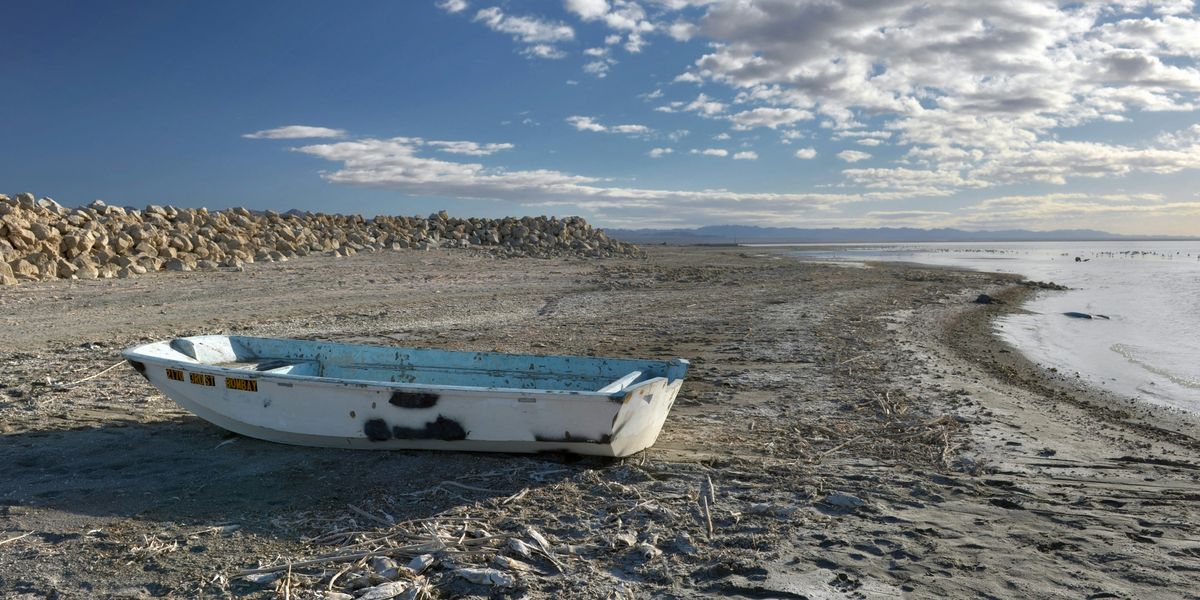Greenpeace faces ruin after oil giant wins lawsuit rewriting Standing Rock history
The company behind the Dakota Access Pipeline (DAPL) convinced a North Dakota jury to blame Greenpeace for protests led by Indigenous activists — and now the nonprofit faces a $666 million penalty.
Episode one of SLAPP’d, the latest season of the Drilled podcast, focusing on the Greenpeace/DAPL trial.
In short:
- In 2016, thousands of people gathered near the Standing Rock Reservation to stop the Dakota Access Pipeline, led by Indigenous groups defending water and land rights. One of them, Cody Hall, became a public spokesperson for the resistance but was later targeted by a lawsuit.
- Energy Transfer, the pipeline’s builder, filed a sweeping racketeering suit alleging that Greenpeace and other nonprofits masterminded a violent conspiracy to sabotage the project — despite thin evidence and years of reporting confirming Indigenous leadership.
- The private security firm TigerSwan ran intelligence operations against protestors, and possible infiltrators may have posed as Greenpeace representatives, muddying the legal waters as Energy Transfer advanced a narrative that ultimately won over a jury.
Key quote:
“Greenpeace wasn’t running anything… They were merely an organization that was there as allies.”
— Cody Hall, former Red Warrior Camp spokesperson
Why this matters:
The verdict against Greenpeace in the Energy Transfer lawsuit is a landmark moment in how corporate power rewrites protest history. If a major energy company can bankrupt a nonprofit for supporting Indigenous-led protest, it chills dissent everywhere. And it distracts from the health and environmental harms these protests were trying to stop — namely, oil infrastructure that threatens water and cultural resources.
Read more:













